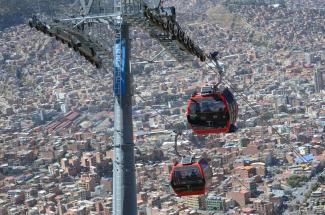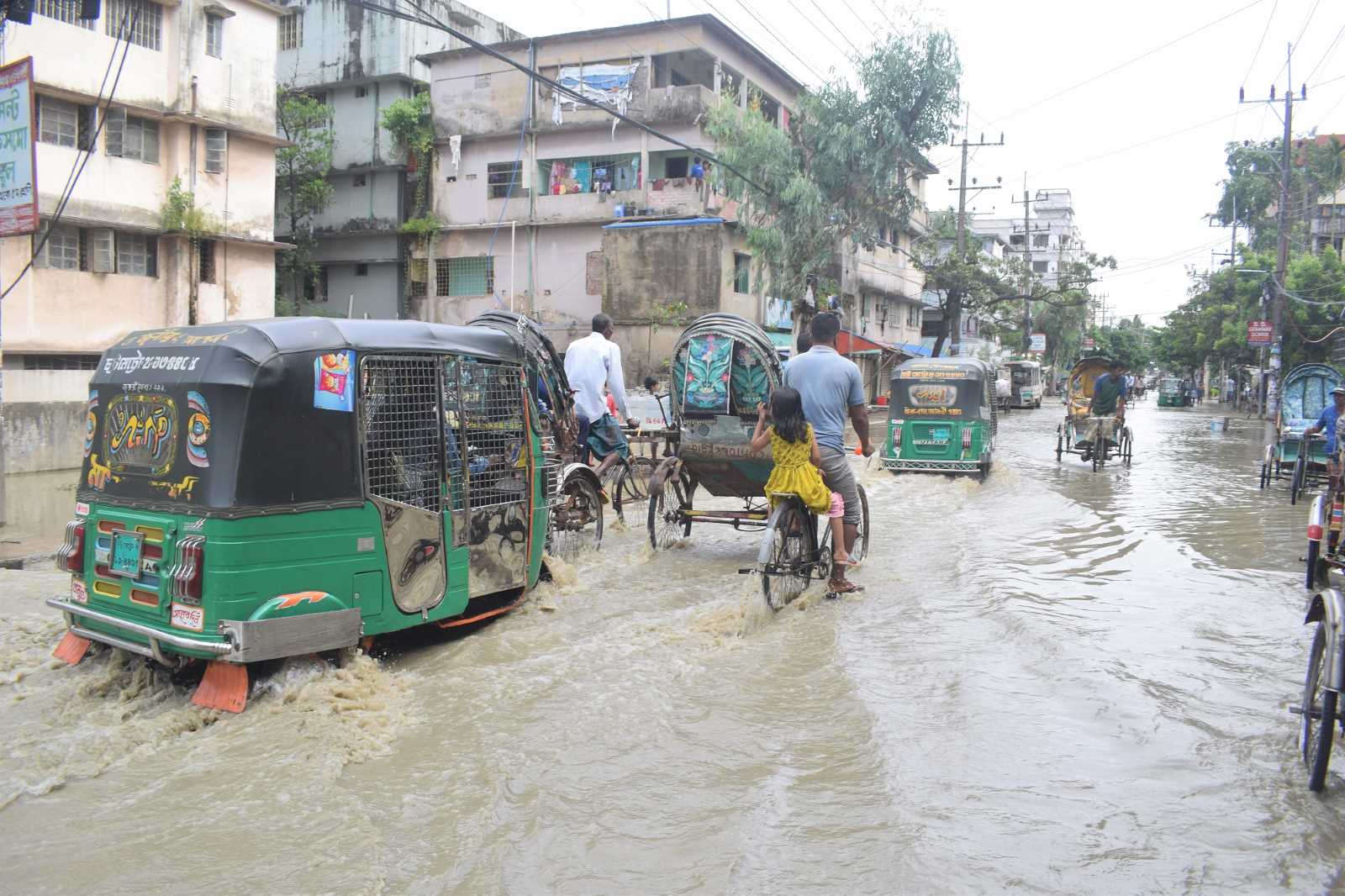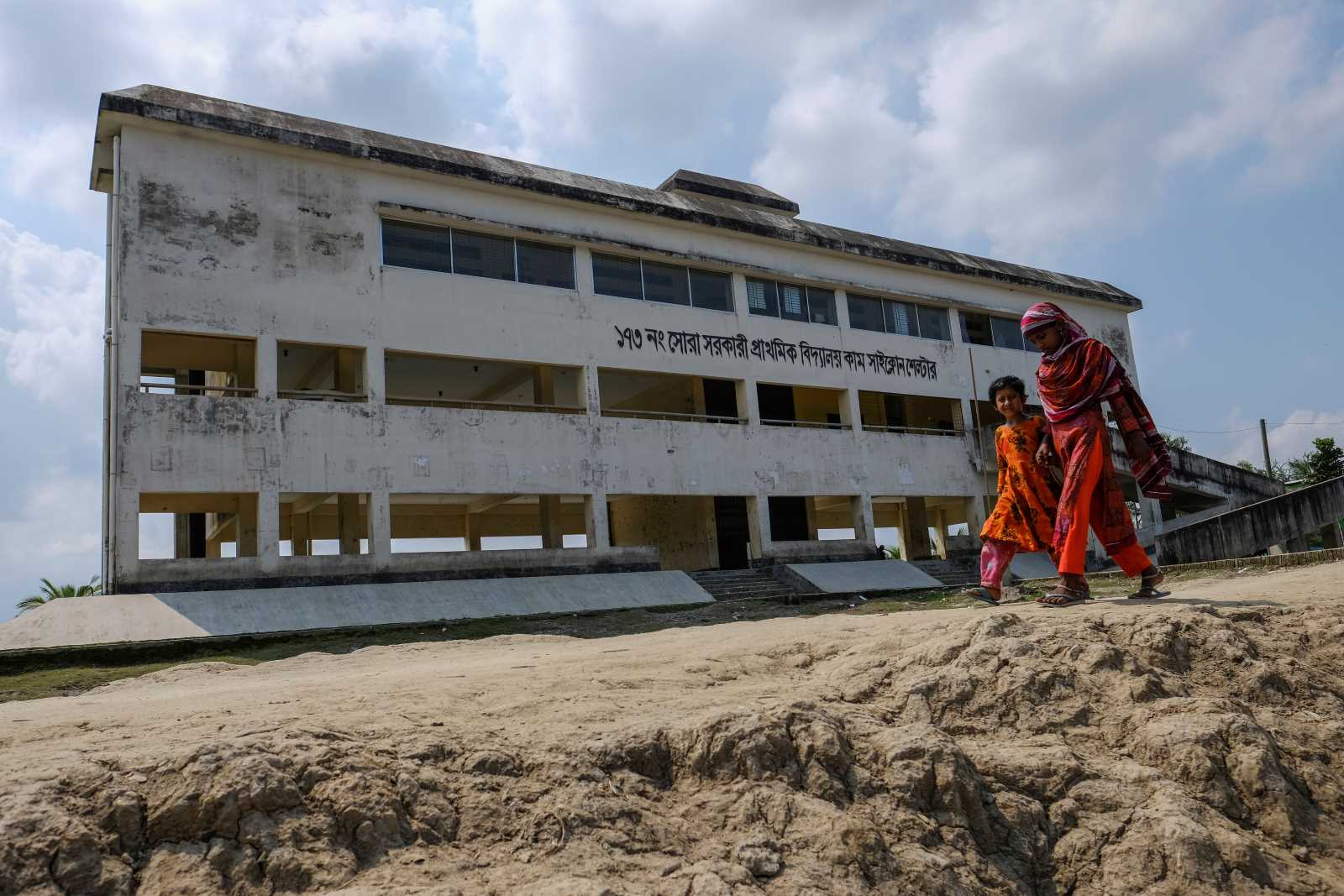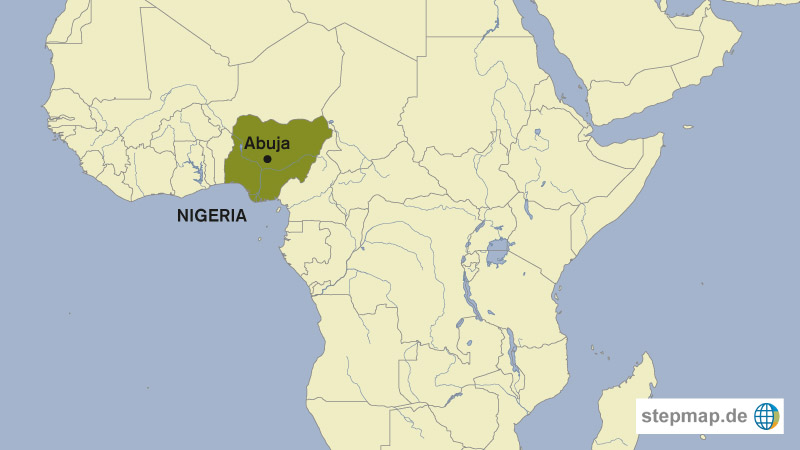Our view
Indispensable arteries

Transport infrastructure is therefore a public good, and how important it is is particularly evident where it hardly exists – for instance in remote regions of developing countries and emerging markets. Some villages are not linked to the outside world – or depend on dirt roads that are impassable in the rainy season.
Cities, by contrast, are marked by infrastructure, though the quality differs dramatically. Every city has streets, but it matters whether rail and bus systems are available and to what extent their services reach surrounding areas. And since non-motorised traffic enhances mobility too, sidewalks and bicycle lanes are needed.
Only about three percent of humanity uses airplanes, and owning a car remains a dream for the vast majority. People’s mobility depends on their options, and the options reflect society’s structure. Individual freedom results from public policy. The building of roads creates new traffic. And that is true of other kinds of new infrastructure, including new train lines, ports or airports. More traffic is brought about intentionally because it drives trade and stimulates economies. Without the port of Cotonou, the economy of Benin would be 40 % smaller, for example.
On the other hand, the extension of transport infrastructure causes serious problems. People are displaced when new highways or container ports are built. Environmental destruction can be brutal. Most cars, trucks, ships, trains and airplanes are powered by fossil fuels, so they pollute the air and contribute to the climate crisis. Transport accounts for about one quarter of global carbon emissions, with road traffic alone accounting for 18 %.
Railways cause comparatively low per-capita emissions, and they can, at least in theory, be powered by renewables. Switching from road traffic to trains serves climate protection, reduces congestion and is therefore more sustainable. For the switch to happen, road and rail infrastructure must be linked intelligently.
Traffic accidents are among the most common causes of death worldwide. Things are particularly bad in developing countries where roads are in a poor condition, planning tends to be inadequate and safety regulations either do not exist or are not enforced. Such rules matter, and infrastructure must be built according to them.
The steam engine was invented in the late 18th century and the internal combustion engine followed 100 years later. They completely transformed the transport sector, facilitating globalisation as well as unprecedented individual mobility. Today, the great challenge is to give as many people as possible access to transport infrastructure, but at the same time ensure that all systems are sustainable. Making that happen is part of the 11th Sustainable Development Goal (SDG). The established donor governments have been involved in related matters for a long time. The results were mixed. Unintended consequences included social hardship, environmental destruction and governments’ over-indebtedness. Now China has become a global engine of building international transport infrastructure. Such engagement is welcome – to the extent, of course, that the dangerous pitfalls are avoided.
Katja Dombrowski is member of the editorial team of D+C Development and Cooperation / E+Z Entwicklung und Zusammenarbeit.
euz.editor@dandc.eu













